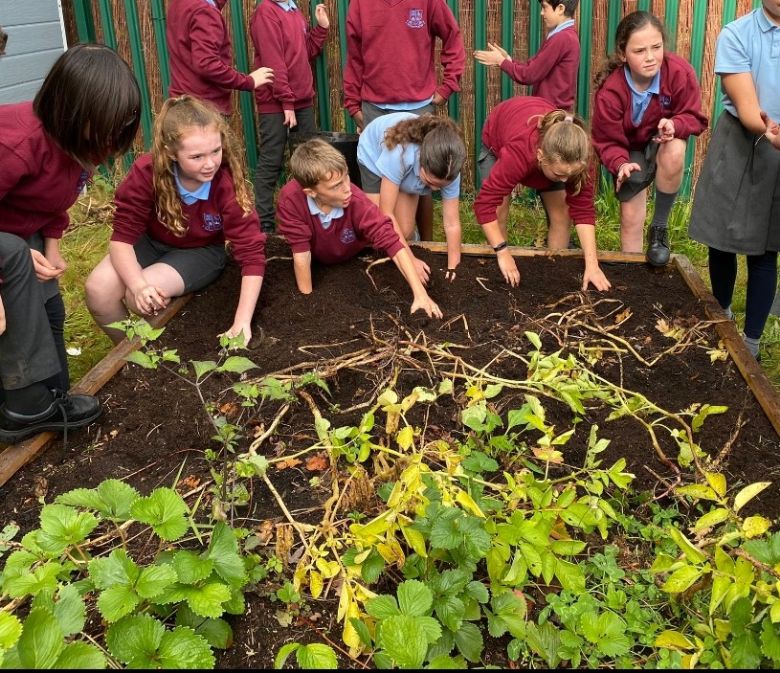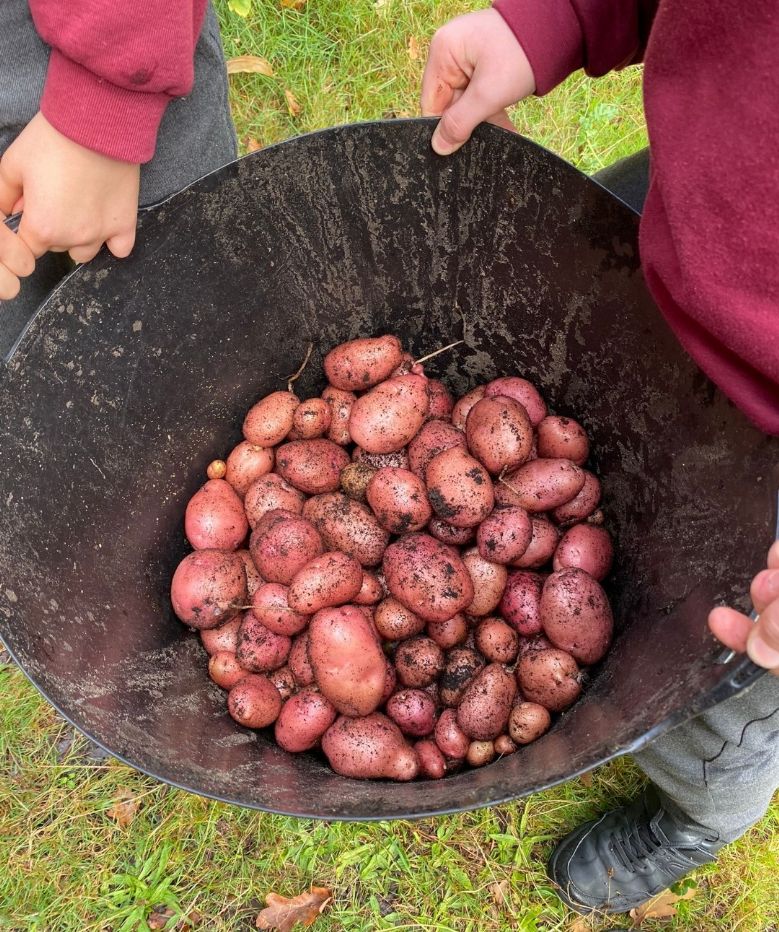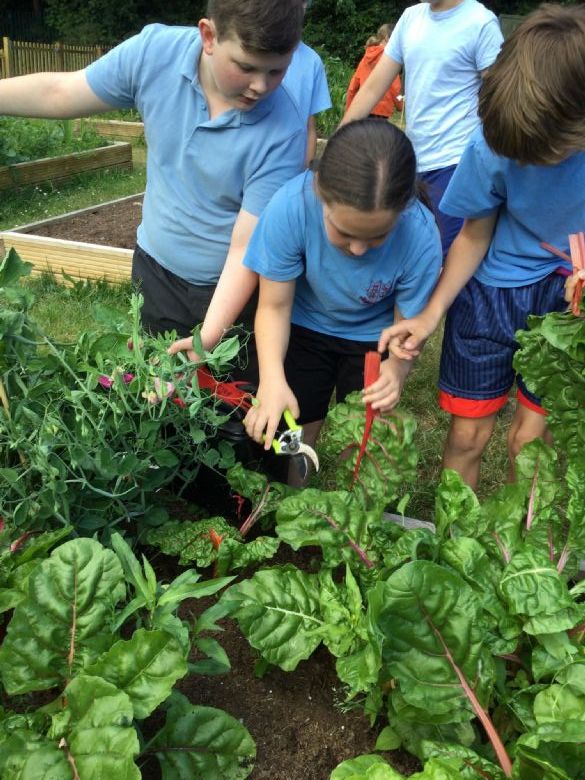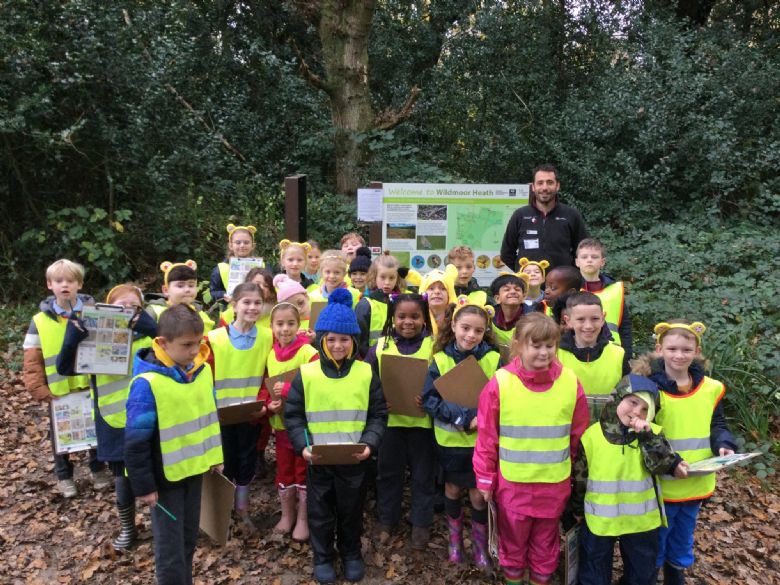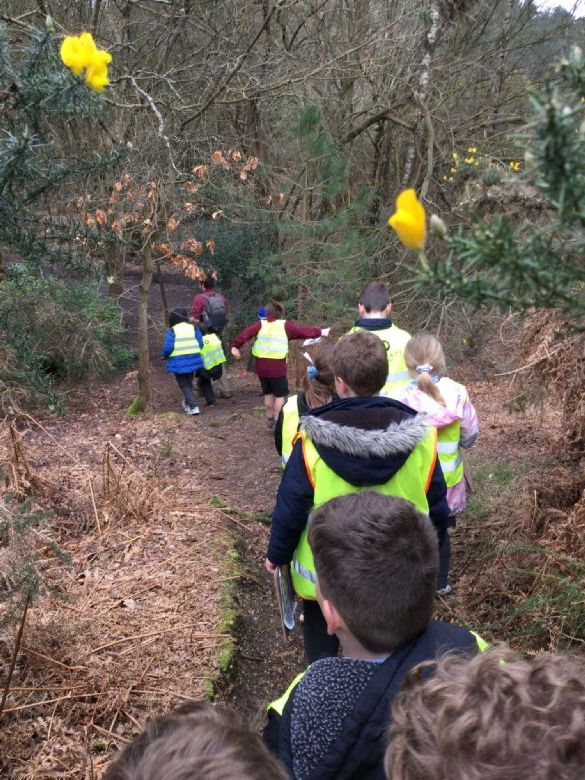Outdoor Learning
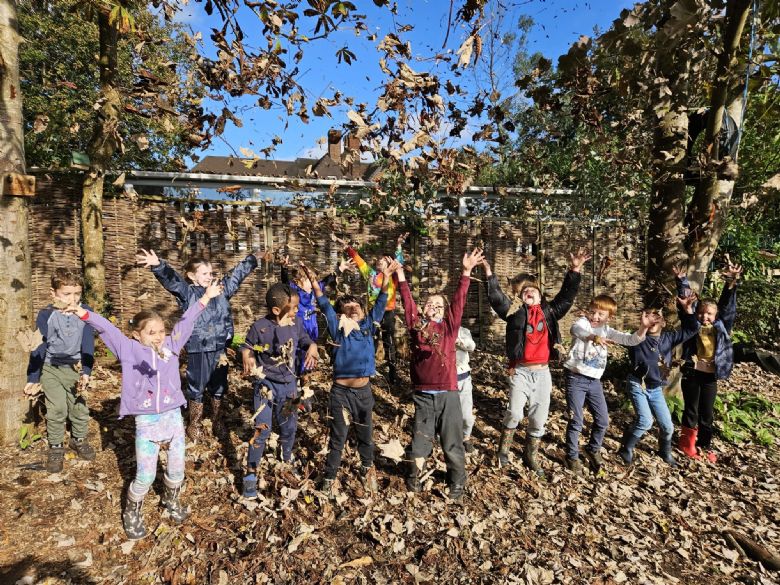
Our Environment
At Wildmoor Heath, learning doesn't take place solely within the classroom. Our outdoor space has a massive potential for learning, and we are extremely fortunate to have such rich environments on our doorstep which we utilise regularly:
- Large playing field (used all year round)
- EYFS all-year garden
- Growing Garden with 7 raised beds (one per class)
- Forest School designated area 'Wildwood'
- Wildmoor Heath Nature Reserve (91 hectares of rare heathland habitat)
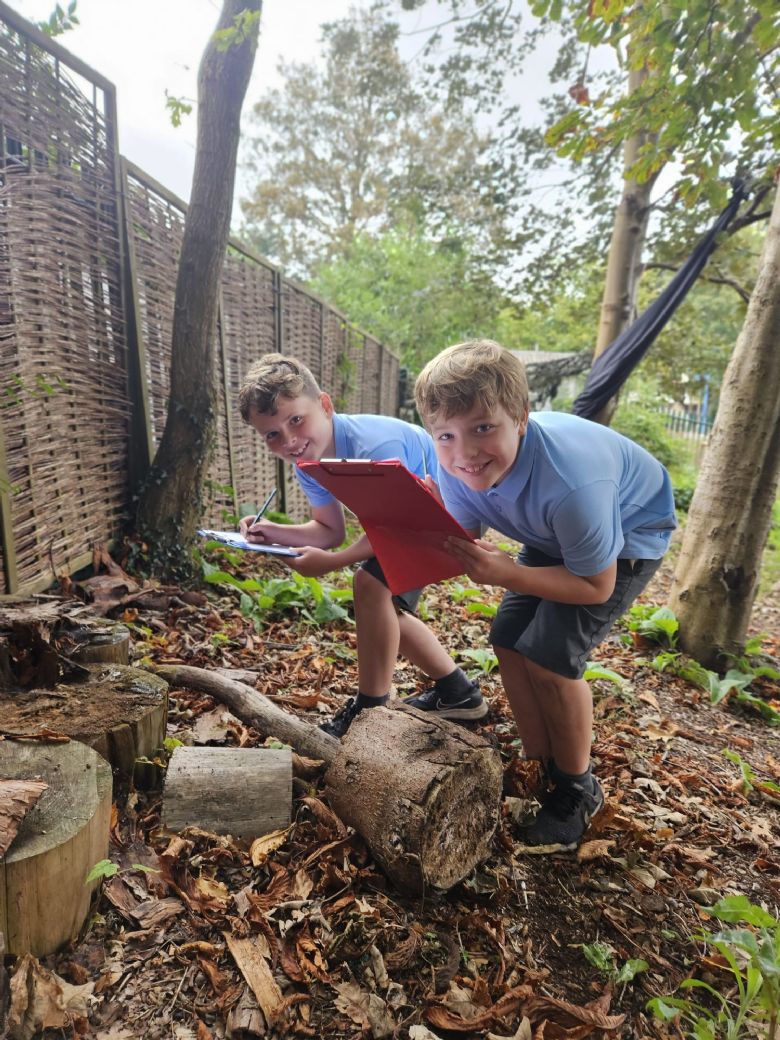
All year round, children participate in a range of progressive and creative outdoor learning experiences which are either part of the national curriculum or promote their emotional wellbeing. Teachers plan engaging outdoor learning sessions to enhance curriculum subjects, like science, art and geography, making meaningful and memorable links with National Curriculum objectives. Below are just some examples of the curriculum links made during outdoor learning sessions at Wildmoor Heath.
Year 1 - Autumnal walks on the school field and Wildmoor Heath, identifying seasonal changes, comparing deciduous and coniferous trees. Science
Year 4 - Measuring the playground, field and raised beds. Finding the area and perimeter or squares and rectangles. Maths
Year 6 - Planting, tending to and harvesting potatoes grown in raised beds, used for making soup in the World War 2 topic. History & DT
Outdoor Learning
We understand the value of outdoor learning for enhancing pupils' academic, social, and emotional development. Research shows that exposure to natural environments boosts cognitive function, creativity, and attention spans, with an increased engagement and retention when lessons are outdoors. Additionally, physical activity and fresh air contribute to reduced stress and improved mood, fostering a positive attitude towards education.
https://www.childrenandnature.org/schools/learning-outside/
Growing garden
In Spring 2024 we opened our new growing garden area. A big thanks to Hall Hunter for their generous donation of seven wonderful raised beds and numerous strawberry plants. This area is a flourishing space with each raised bed dedicated to a specific year group. Here, the children cultivate a variety of fruits, vegetables, and plants, connecting their gardening activities to the science and DT curriculum. From exploring plant life cycles to studying reproduction in plants and ecosystems, our garden provides hands-on learning that nurtures curiosity and environmental responsibility.
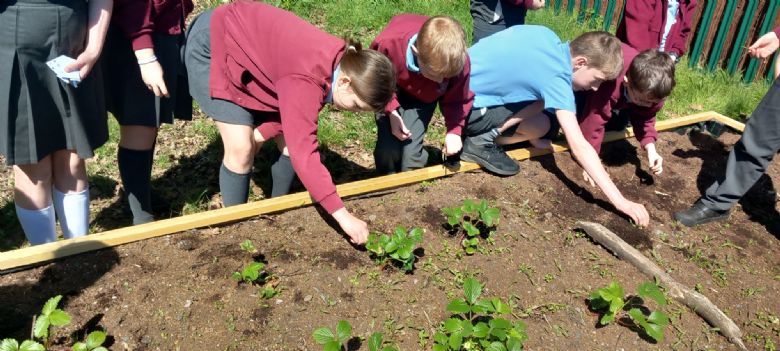
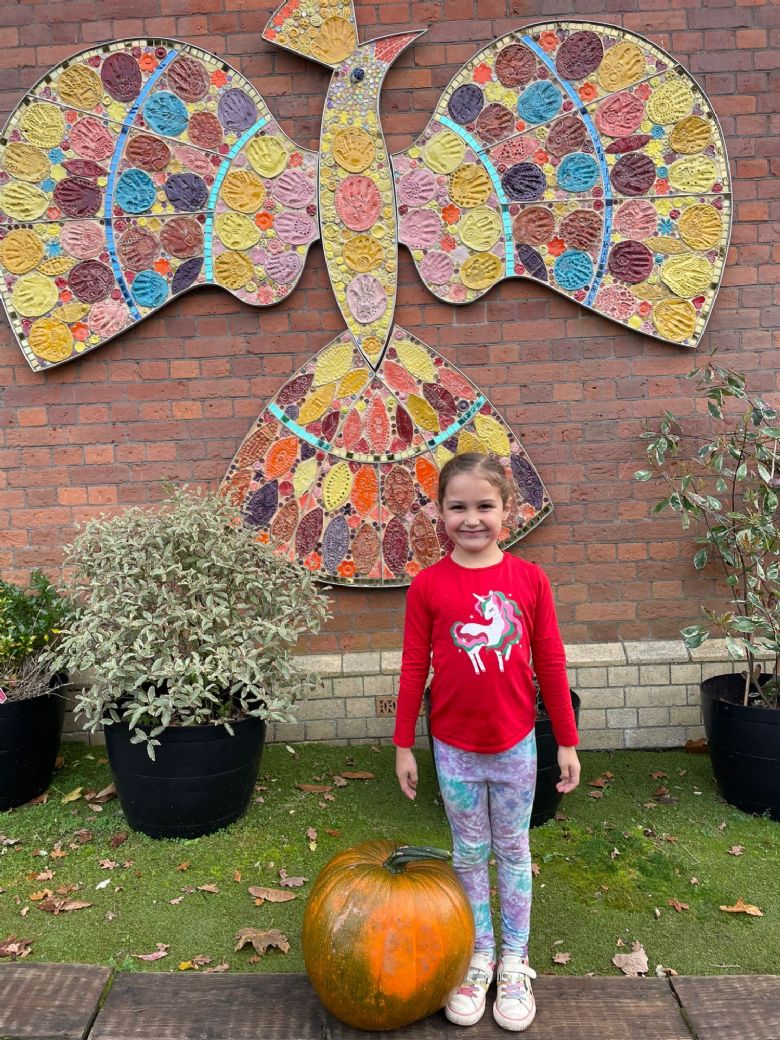
The Eco Ambassadors are also often found here filling our compost bin with fruit waste from snack time and helping to maintain the beds. It’s a growing hub for education, teamwork, and sustainability! The harvest is often used in cooking for DT or sold to families. This year we grew rainbow chard, sweetcorn, carrots, celery, strawberries, sweet peas, potatoes, sunflowers and pumpkins. In October, Year 1 kindly donated one of their pumpkins for a 'guess the weight' competition where a pupil correctly guessed at whopping 12kg.
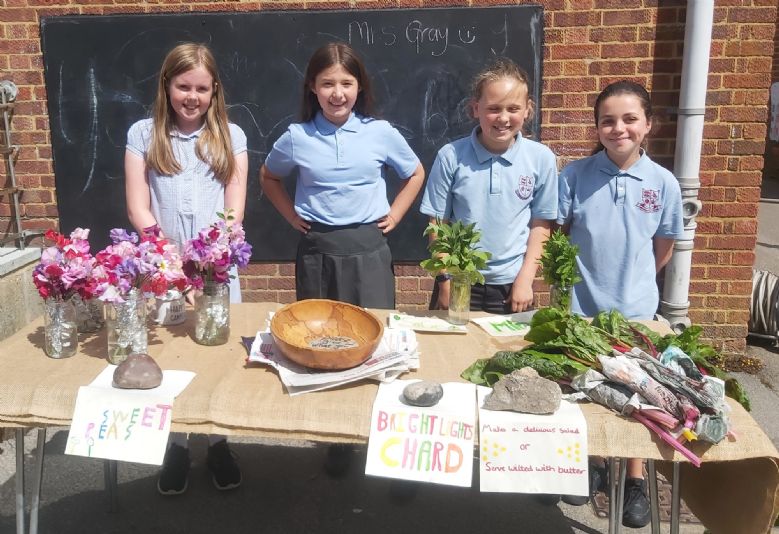
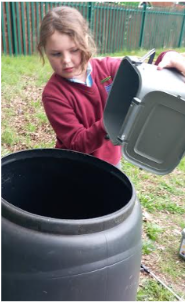
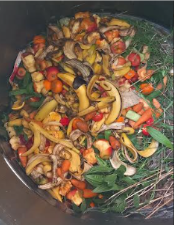
Local heath walks
Children enjoy regular guided walks visiting our local Wildmoor Heath nature reserve. Explorations are led by Michael the ranger who is extremely knowledgeable about the heathland and inspires curiosity about the plants and animals found there. The children find out about some of the amazing species that live there, paying particular attention to our amazing ground-nesting birds – the Dartford Warbler, Woodlark and Nightjar – and find out about the carnivorous plants near the bog. The children also learn about the history of the local area; from how Bracknell got its name in Saxon times (Bracken) to tales of highwaymen camping nearby!



